Prune plum variety, its features and advantages
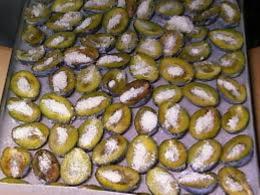
The name of the Prune variety alone suggests that it is grown for subsequent drying. Prunes prepared in this way have a long shelf life and a large amount of useful substances. Used in making salads, compotes, and meat dishes.
Content:
- Plum variety Prunes, general characteristics
- Features of the variety, what is the difference between plum and prune
- Where and how to plant, growing prunes, proper care
- How to collect and prepare prunes for the winter
- What are the benefits of prunes
Plum variety Prunes, general characteristics
The plum variety Prune is distinguished by its large tree height, with a rounded crown and loose foliage. The bark is smooth, grayish in color. The leaves are medium in size and ovoid in shape.
Other features include:
- According to the ripening period, it belongs to the mid-late varieties. Fruiting is frequent, but there may be breaks in frequency;
- Plum Prune is a large-fruited variety. The fruits are round, elongated in shape with a dense, slightly sour-tasting skin. The color is dark, almost black. The pulp is juicy, green-yellow in color, sweet in taste and granular-fibrous in structure;
- The variety is frost-resistant and drought-resistant, resistant to fungal diseases;
- Flowering begins simultaneously with the appearance of leaves.
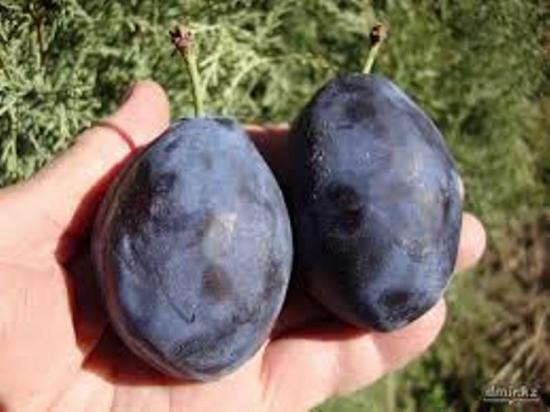
In a number of indicators, this species compares favorably with others. The only disadvantages include the frequency of fruiting and late ripening.
Features of the variety, what is the difference between plum and prune
Many people, when asked: what is the difference between a plum and a prune, will definitely answer that the plum is a juicy fruit, and prunes are a product of its processing (dried fruit). But this is not entirely true.
During the drying process, drying retains all the beneficial elements contained in the plum, but the mechanism of influence on the body differs.
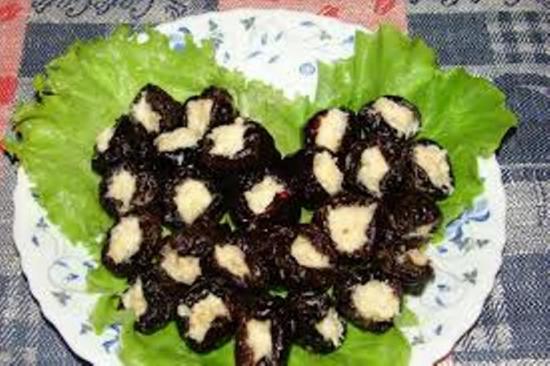
So fresh plums contribute to:
- The fastest possible removal of toxins and waste, which promotes weight loss and cleansing the skin;
- Rejuvenation processes, therefore often used in the manufacture of various creams and masks;
- Improves digestion processes, has a laxative effect;
- Improving the functioning of the body's cardiovascular system.
When dried, plums do not lose their beneficial properties.
The benefits of dried fruits include:
- Optimization of digestive processes, which is useful for those suffering from stomach diseases;
- Increased laxative effect;
- Positive effect on vision;
- The ability to clean the oral cavity and eliminate unpleasant odor.
The difference between the two products does not stop at the fact that one is a fruit and the other is a dried fruit. When dried, the plum does not lose its beneficial properties; they increase.
Where and how to plant, growing prunes, proper care
For planting and growing, it is recommended to choose hot places protected from drafts.
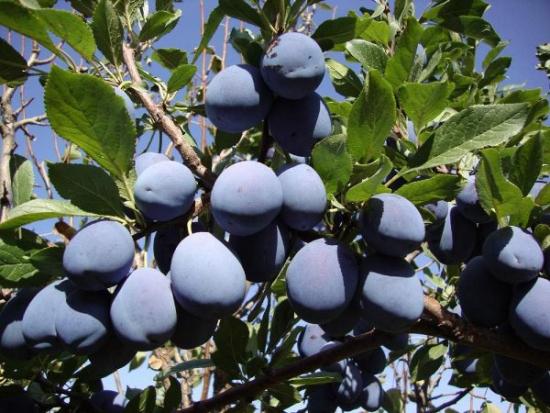
In addition, when planting, it is important to consider that:
- It is recommended to plant seedlings in early spring. Holes for them can be prepared either in the fall or in the spring, several weeks before the actual planting. The depth of the pit should not be less than 45-50 cm, and in diameter 60-70 cm;
- The root neck of the tree should not fall below 3-5 cm from ground level. A plum planted too deeply grows more slowly and bears fruit worse;
- Loose soil with good breathability and normal acidity levels is best suited for planting;
- Before planting, it is recommended to mix the soil in the hole with humus in a ratio of two to one;
- The distance between rows of trees should not be less than 3 m, and between seedlings in a row 2.5 m.
It is important to remember that plums are very demanding when it comes to watering. The soil should not be allowed to dry out, especially during the formation of ovaries. However, it is recommended to stop watering a month before harvest.
Other care features that are important to remember include the need to cut out root shoots several times a year. If this is not done in time, the tree weakens and the yield level decreases.
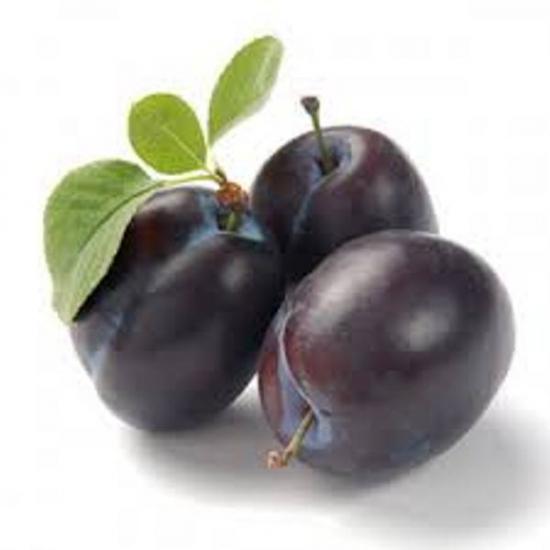
The tree is resistant to temperature fluctuations and diseases and does not require special care other than regulating watering. If all the rules are followed, abundant fruiting is ensured.
How to collect and prepare prunes for the winter
When selecting plums, it is recommended to select fruits of the same size. This will help dry the plums evenly and prevent them from rotting.
One of the most common harvesting methods is drying. To do this, you need to prepare gauze, wooden sheets and the fruits themselves in advance.
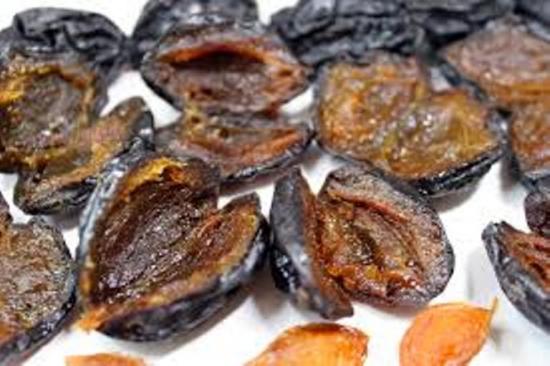
To perform drying you need:
- Cut the plums in half and place them cut side up on wooden sheets;
- When unfolding, it is important not to place the halves too close. At the same time, it is better to post on hot days;
- In order to save plums from insects, it is recommended to cover them with gauze;
- At night, the workpieces must be removed indoors.
To fully cook, the fruit must spend at least a week in the sun, during which the plums must be constantly turned over to dry evenly.
The method is simple and inexpensive, but even the protection of gauze does not always save you from insect larvae. But it is not always possible to prepare drying in the sun, what to do then?
The second, much more effective method of preparation is oven drying.
Before you start drying, you need to blanch them for three minutes to allow cracks to form.
After this you need:
- Blot the fruits and let them sit for an hour;
- Preheat the oven to 60 C and place the plums in it for 5 hours;
- Preheat to 70 C and place the fruits for 6 hours, then let cool slightly;
- Heat to 80 C and bring until fully cooked.
There are a number of ways to prepare dried fruits, but the most common are sun drying and oven drying. Each method has a number of advantages and disadvantages that are worth considering.
What are the benefits of prunes
In addition to its wonderful taste, it has a beneficial effect on the body. Used as a component of low-calorie dishes for weight loss or therapy.

Experts recommend consuming prunes for:
- Treatment of the oral cavity. Copes perfectly with bacteria, reduces their reproduction rate and numbers;
- Removal of bile in the presence of urolithiasis;
- Removing waste and toxins from the body;
- When taking a product such as prunes every day, there are benefits for those who want to lose weight;
- Prevention and treatment of diseases of the stomach and other organs of the digestive system.It is recommended to eat at least five berries per day, this helps normalize metabolic processes and intestinal contractile function;
- Prevention of the development of cancer;
- Stimulates brain function, the product replenishes the body's energy reserves;
- Therapy of diseases of the cardiovascular system (hypertension, atherosclerosis, etc.);
- Improves vision, since drying is rich in keratin, which has a positive effect on the quality of vision.
Rich in vitamins and minerals, dried fruits are suitable for the treatment and prevention of many diseases. When taken systematically, it significantly reduces the risk of caries development.
The plum variety Prunes is distinguished by its high durability and taste. Used to make dried cakes rich in vitamins and minerals.
We learn more about one of the varieties of plums, Prunes, when watching the video:

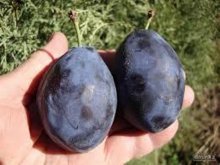
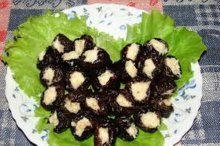
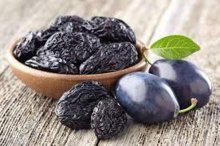
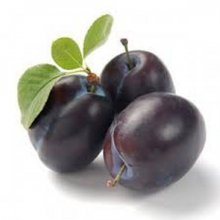
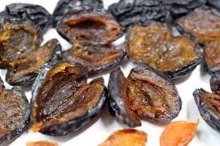


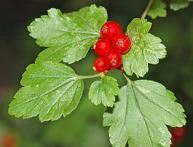
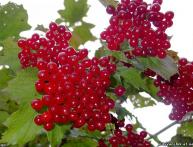
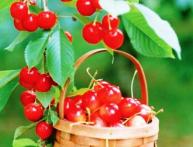

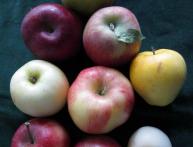
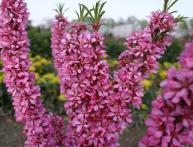
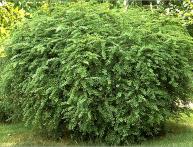
Comments
An excellent variety of plum, I consider it one of the best and richest. A ripe plum separates perfectly from the stone and is amazing when dried. We stock up regularly and use it as food in the winter with meat.
This variety pleases us primarily with its unpretentiousness and sufficient yield. I use it mostly fresh for food, I don’t dry it very much, occasionally I soak it in water in winter and just eat it as a dessert.